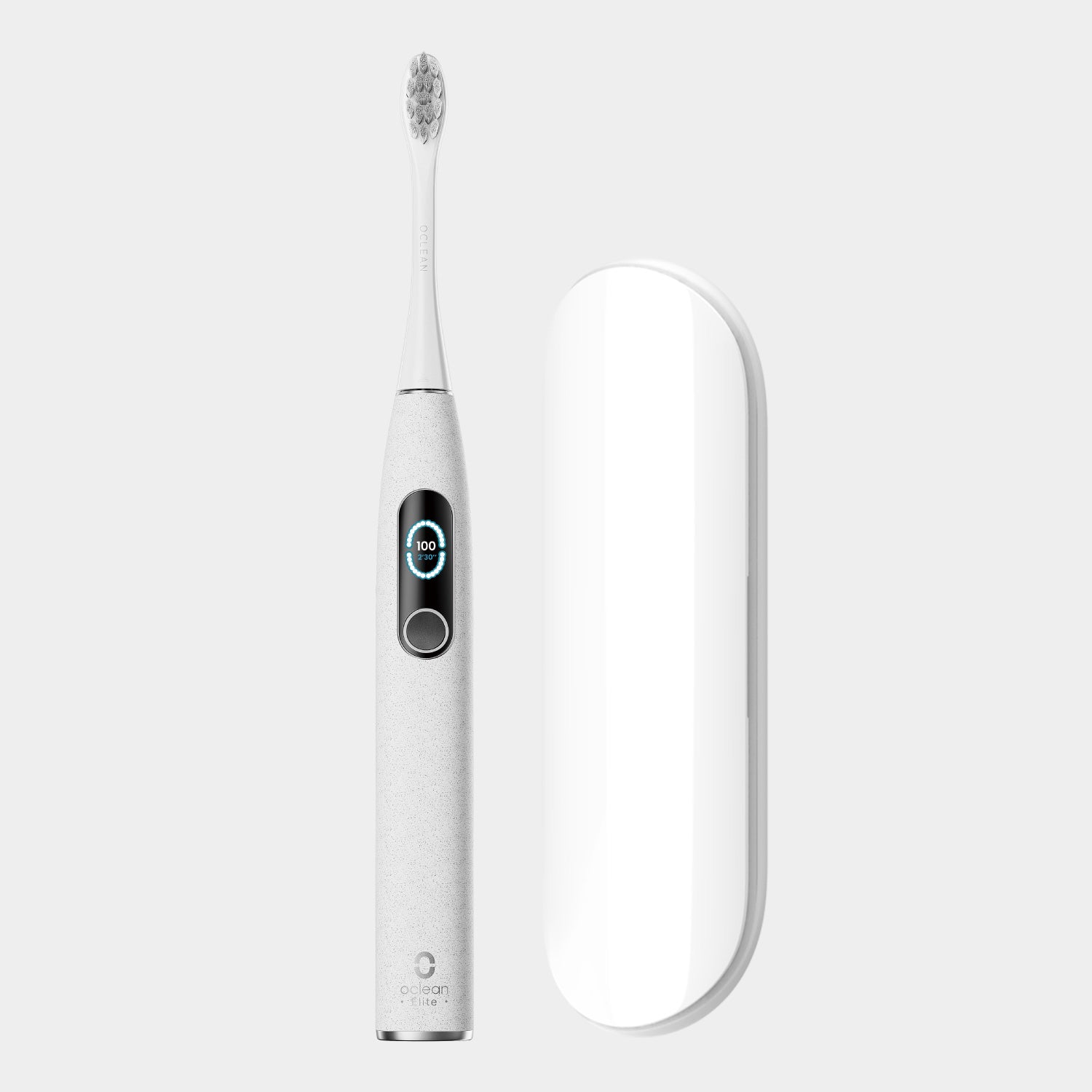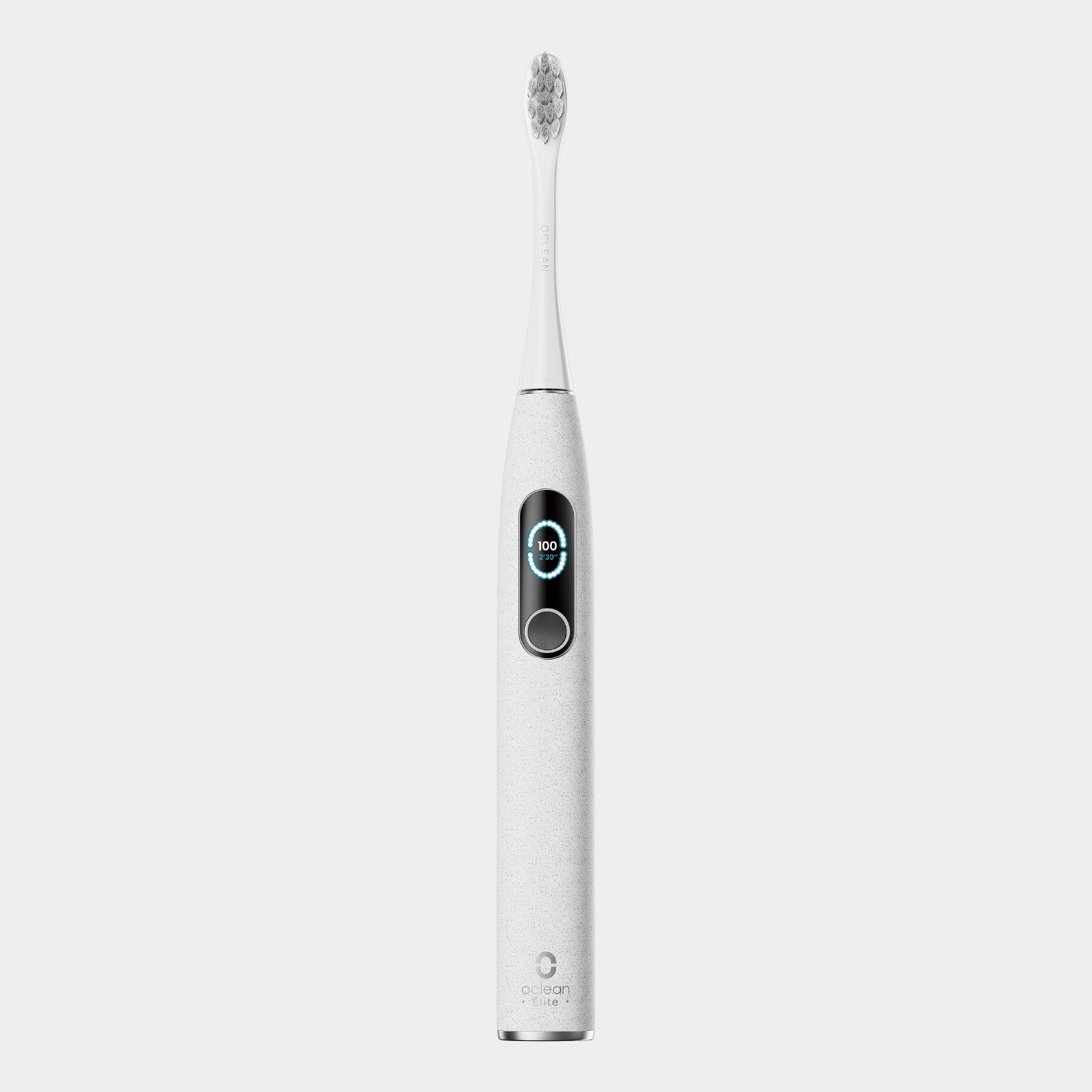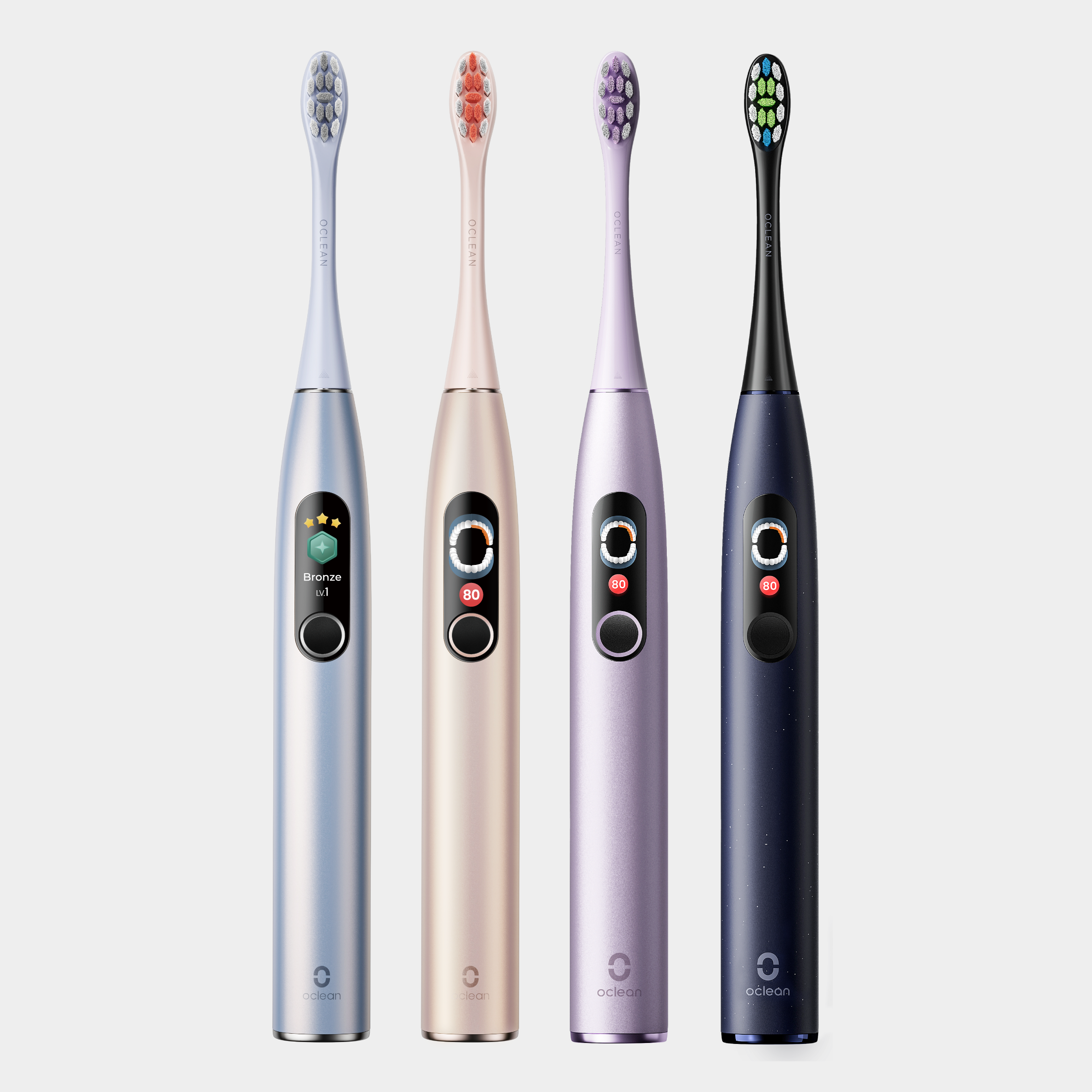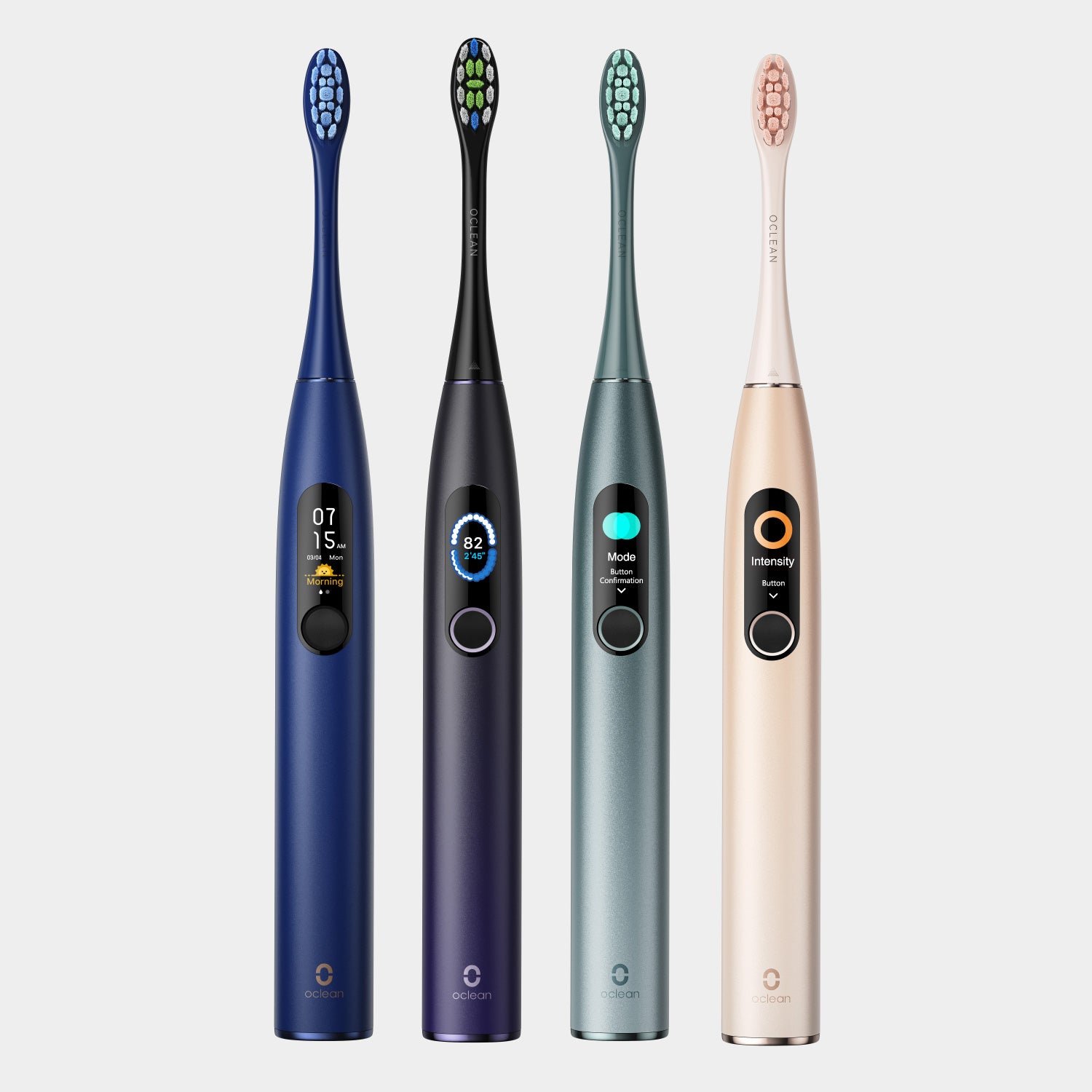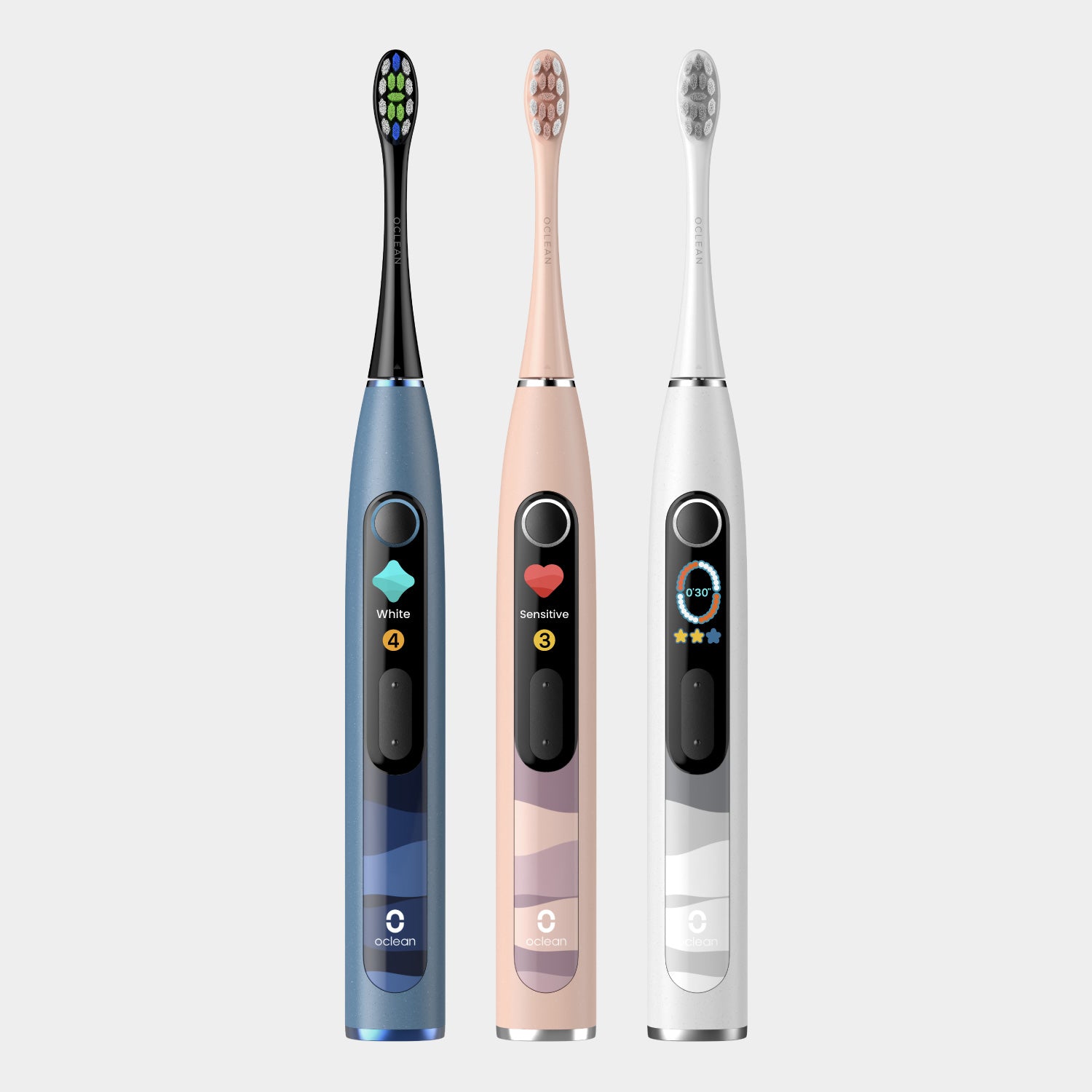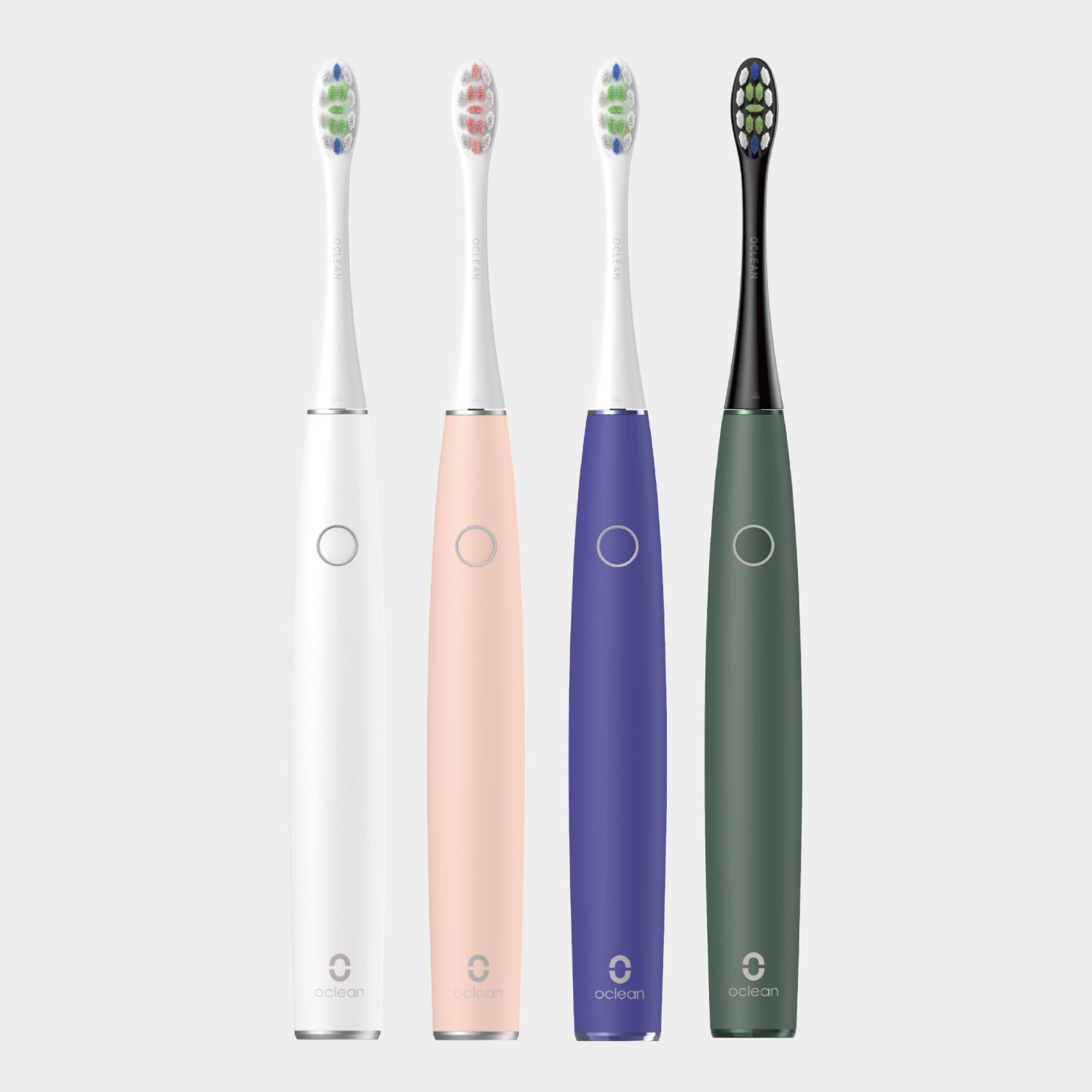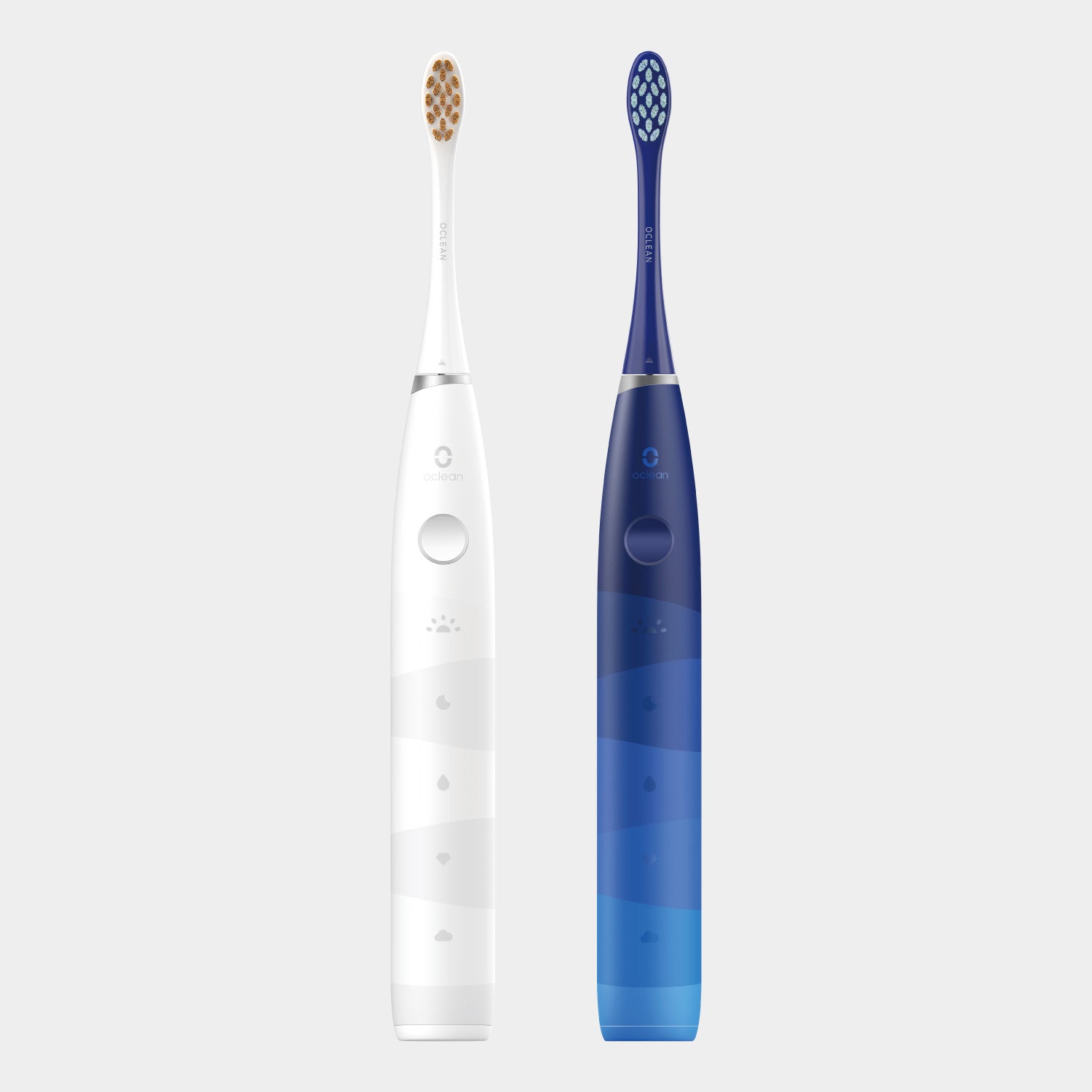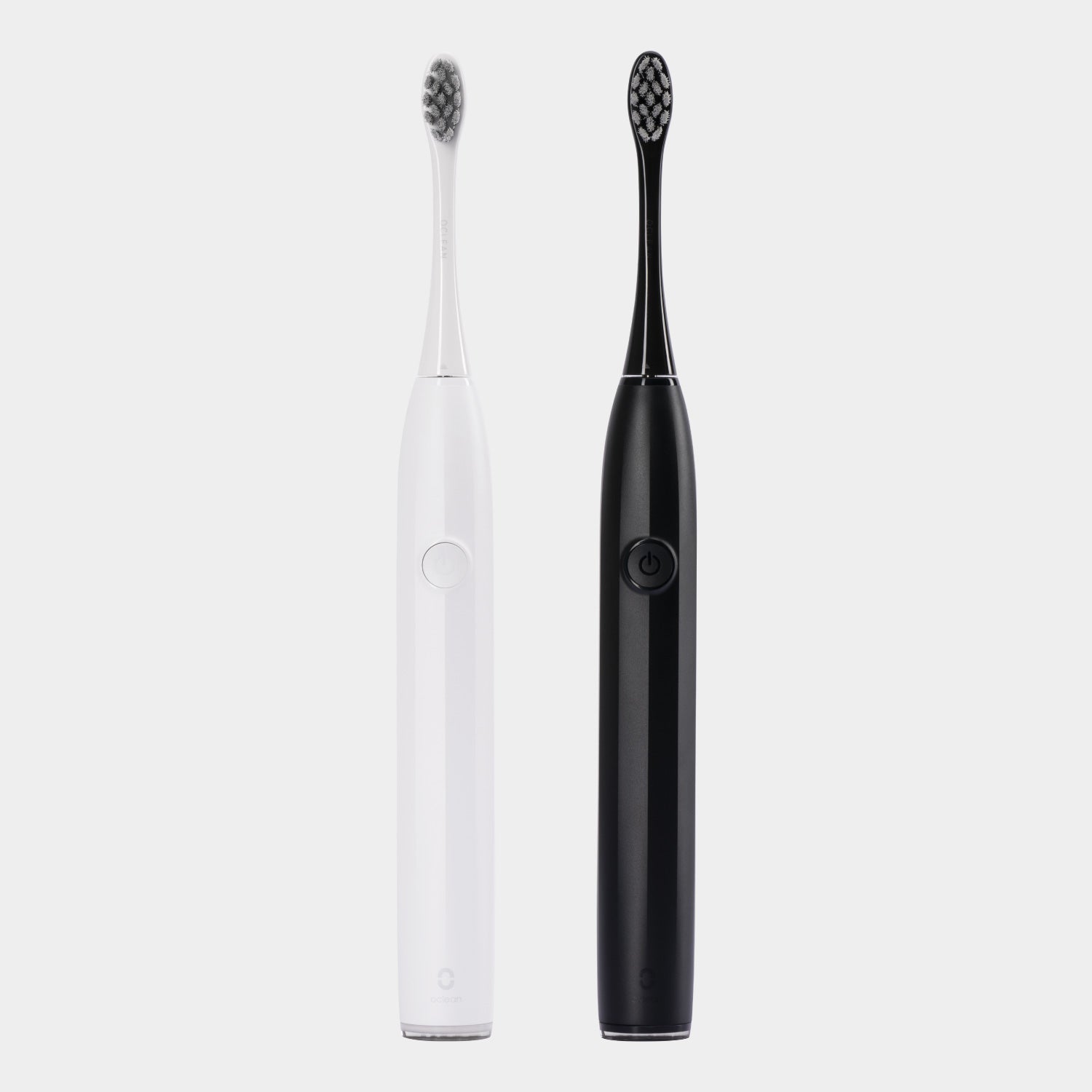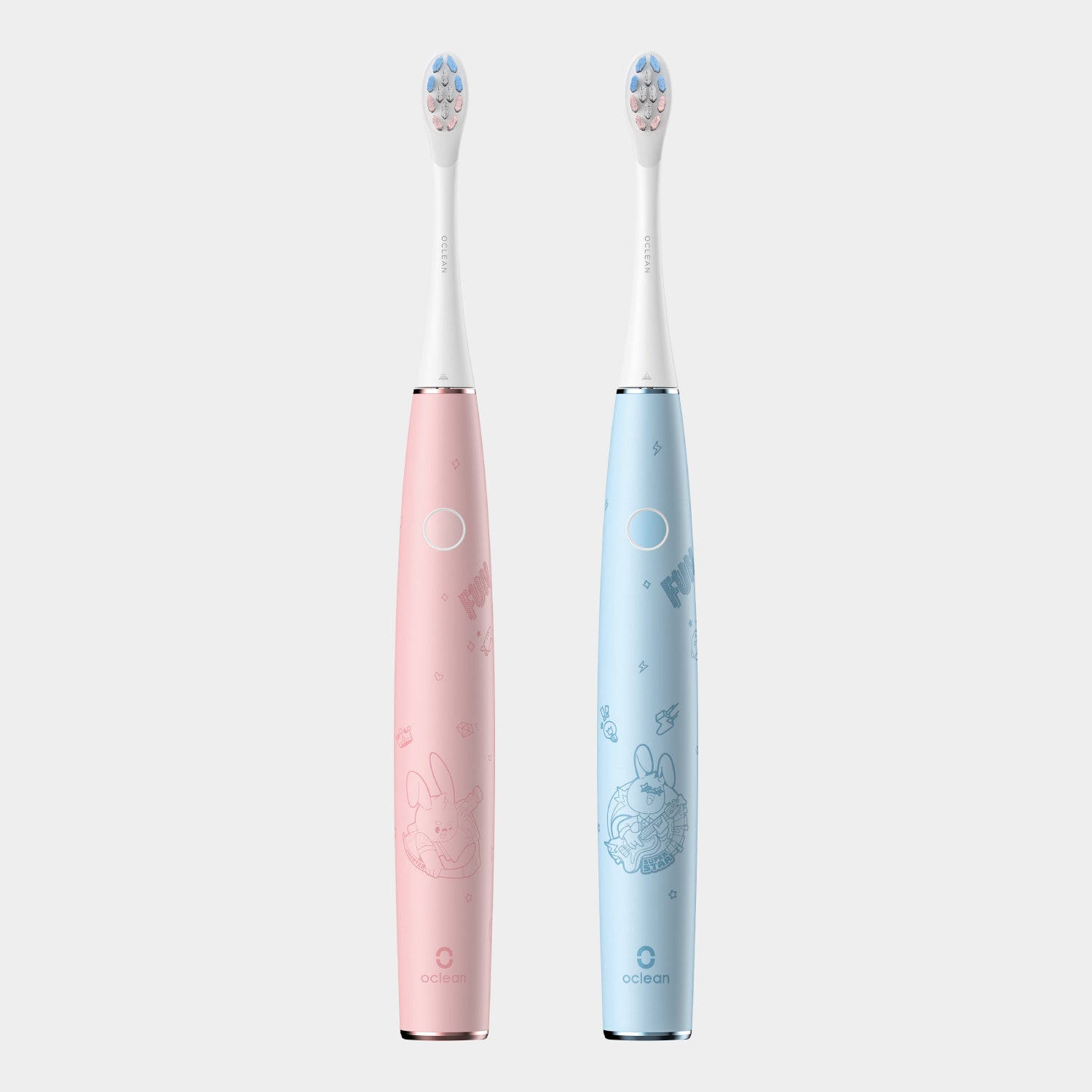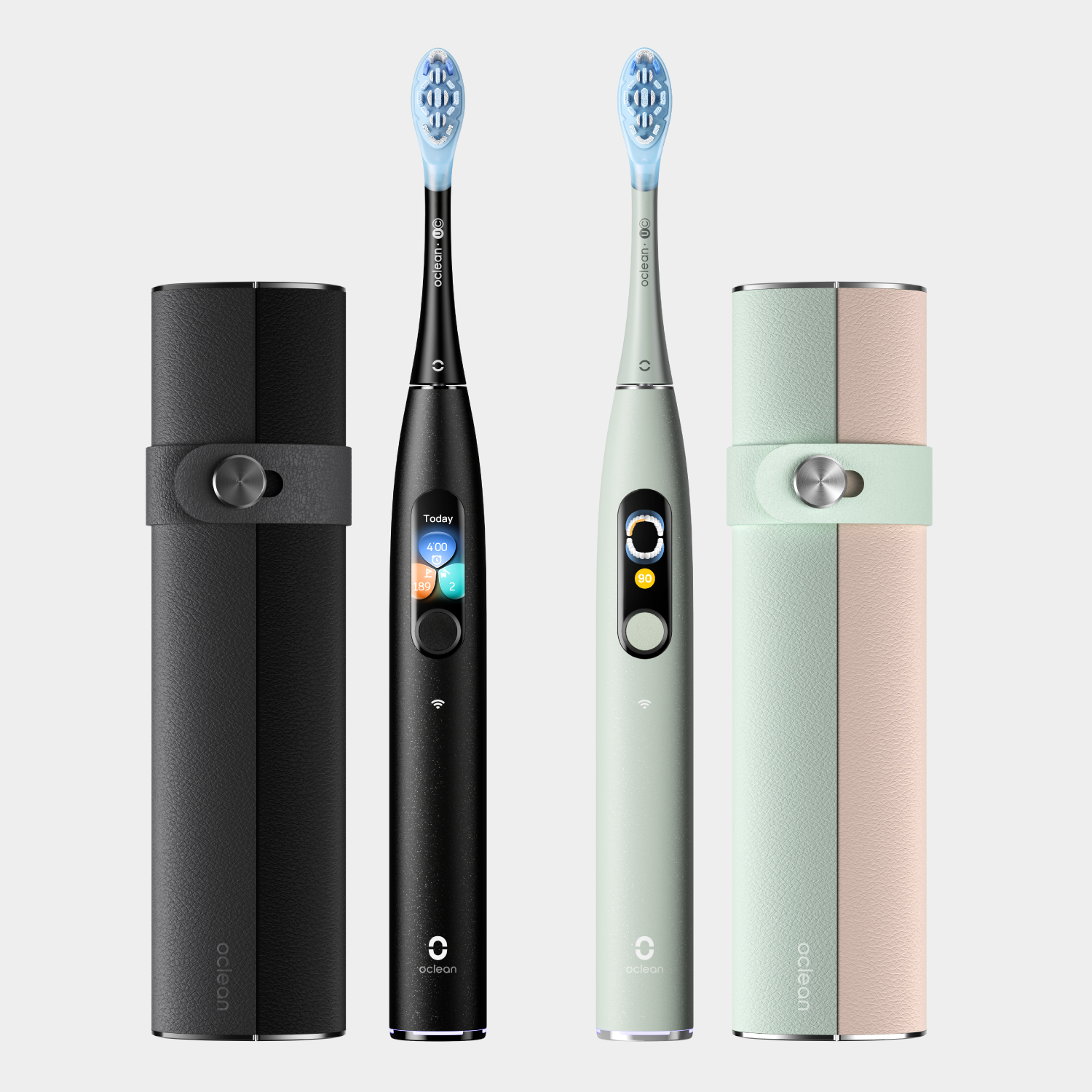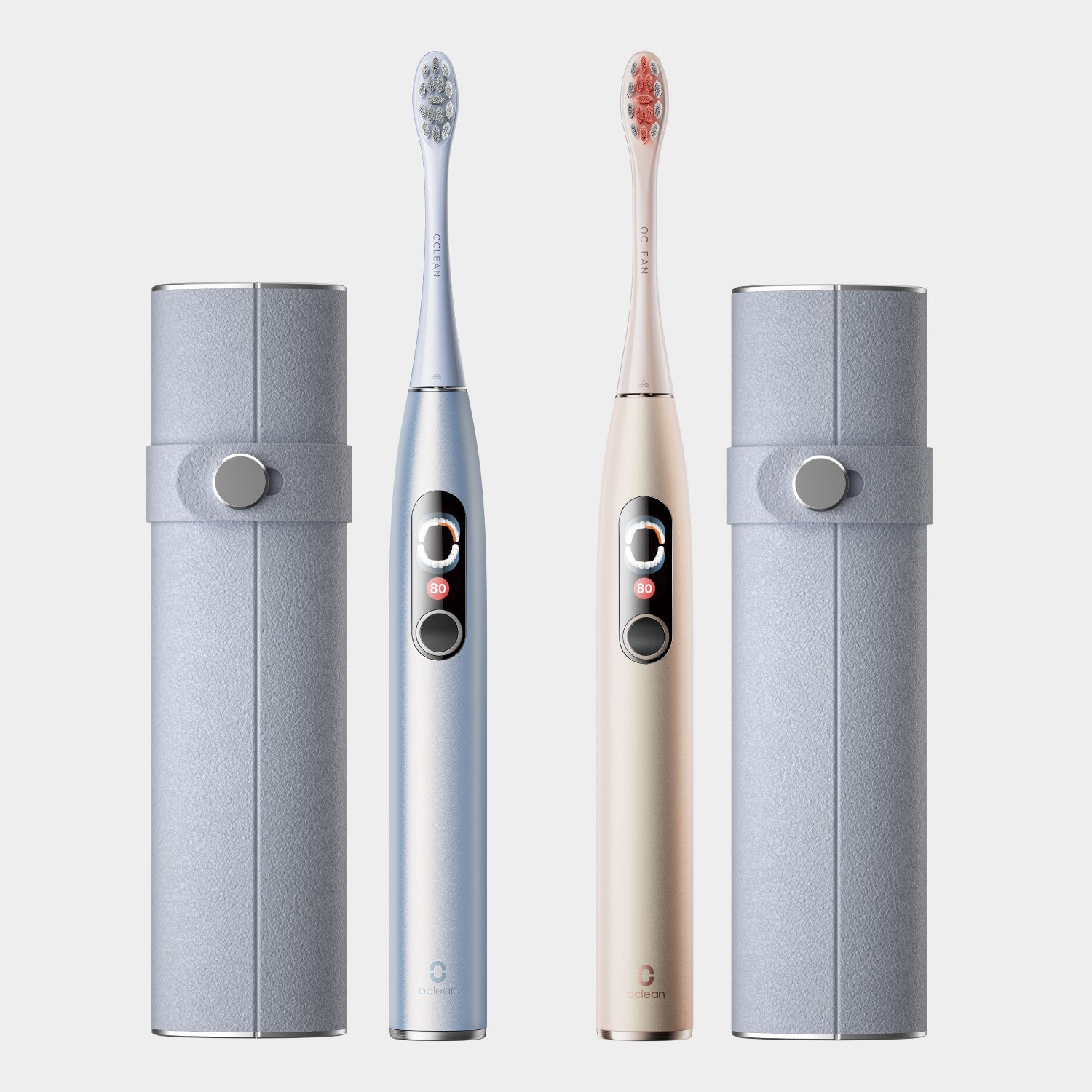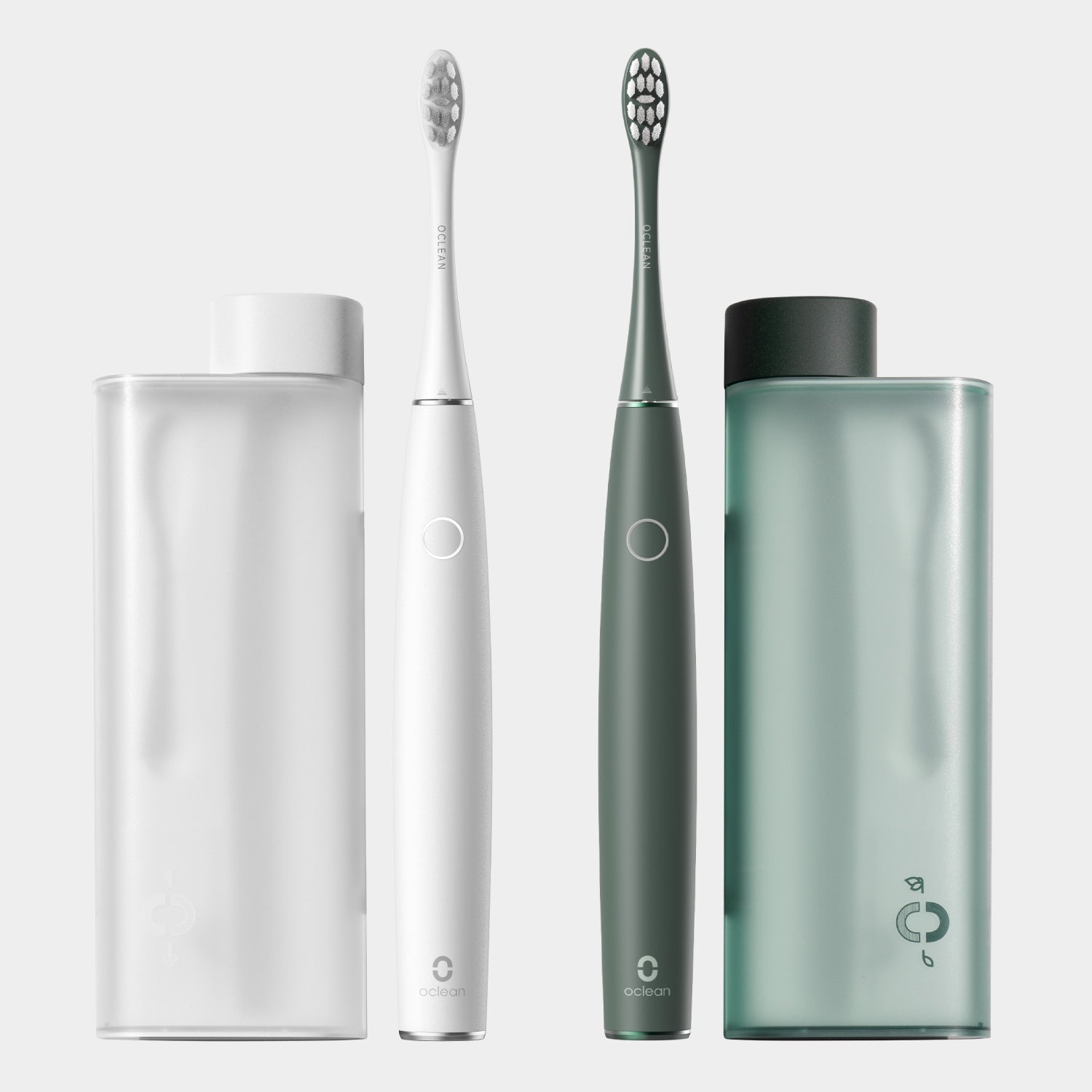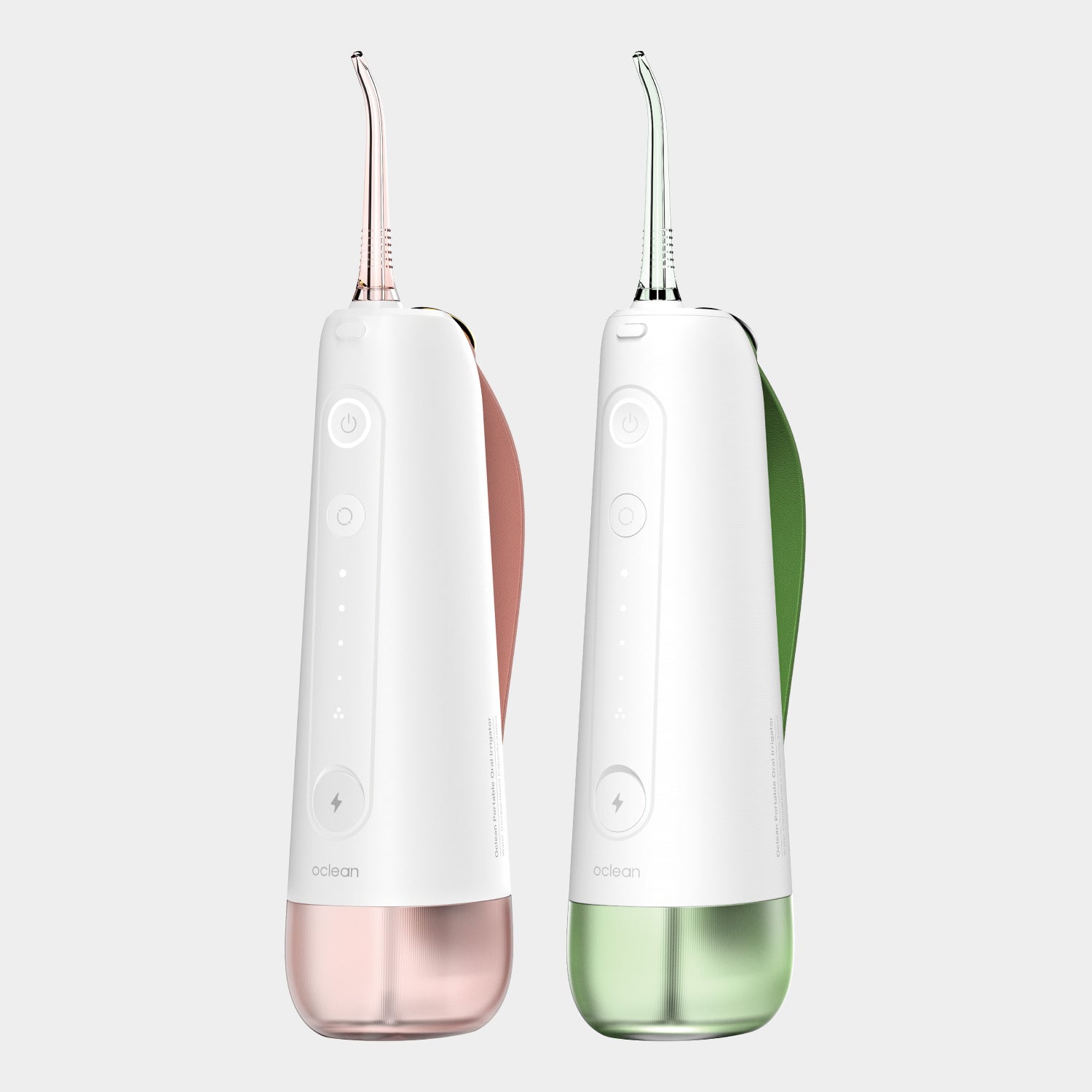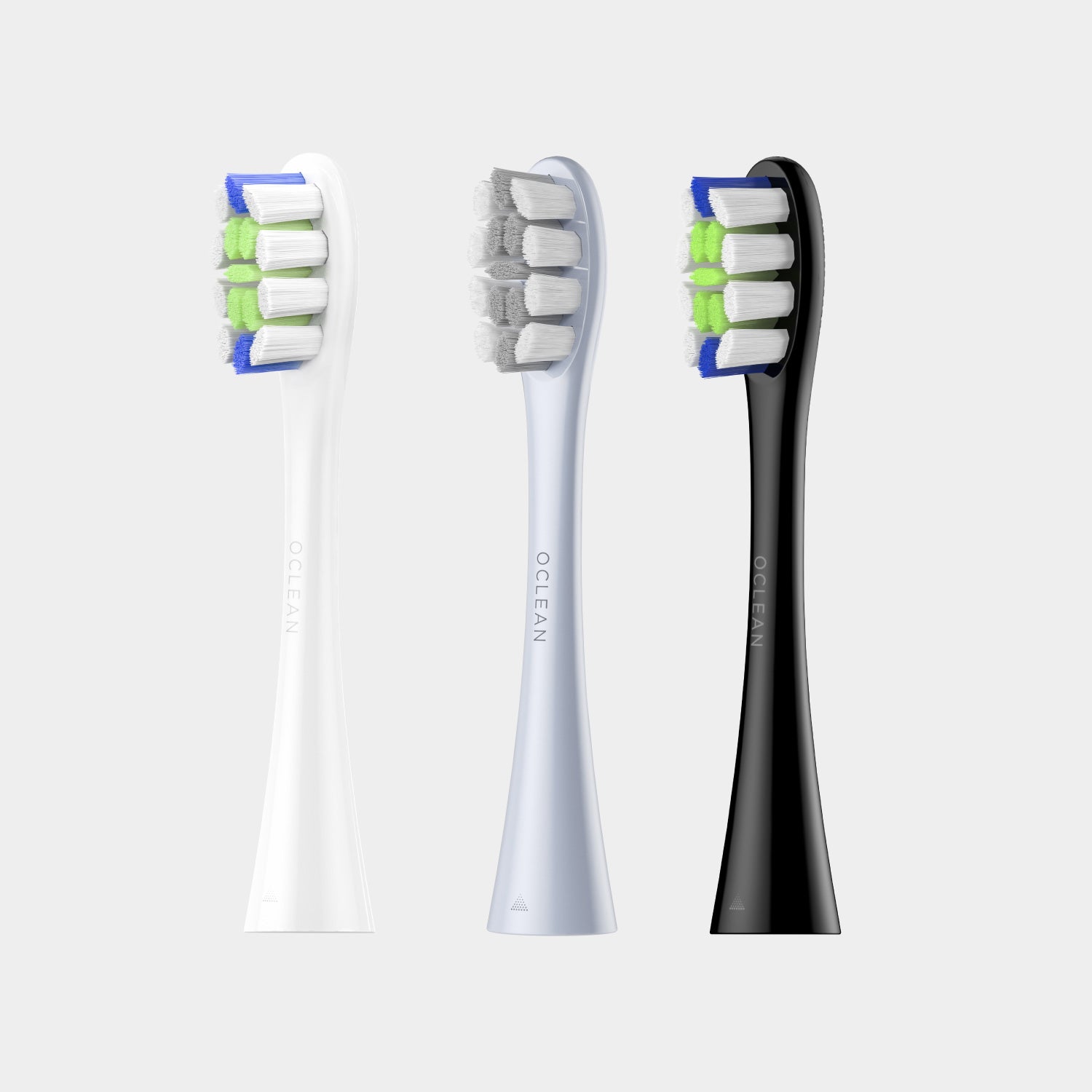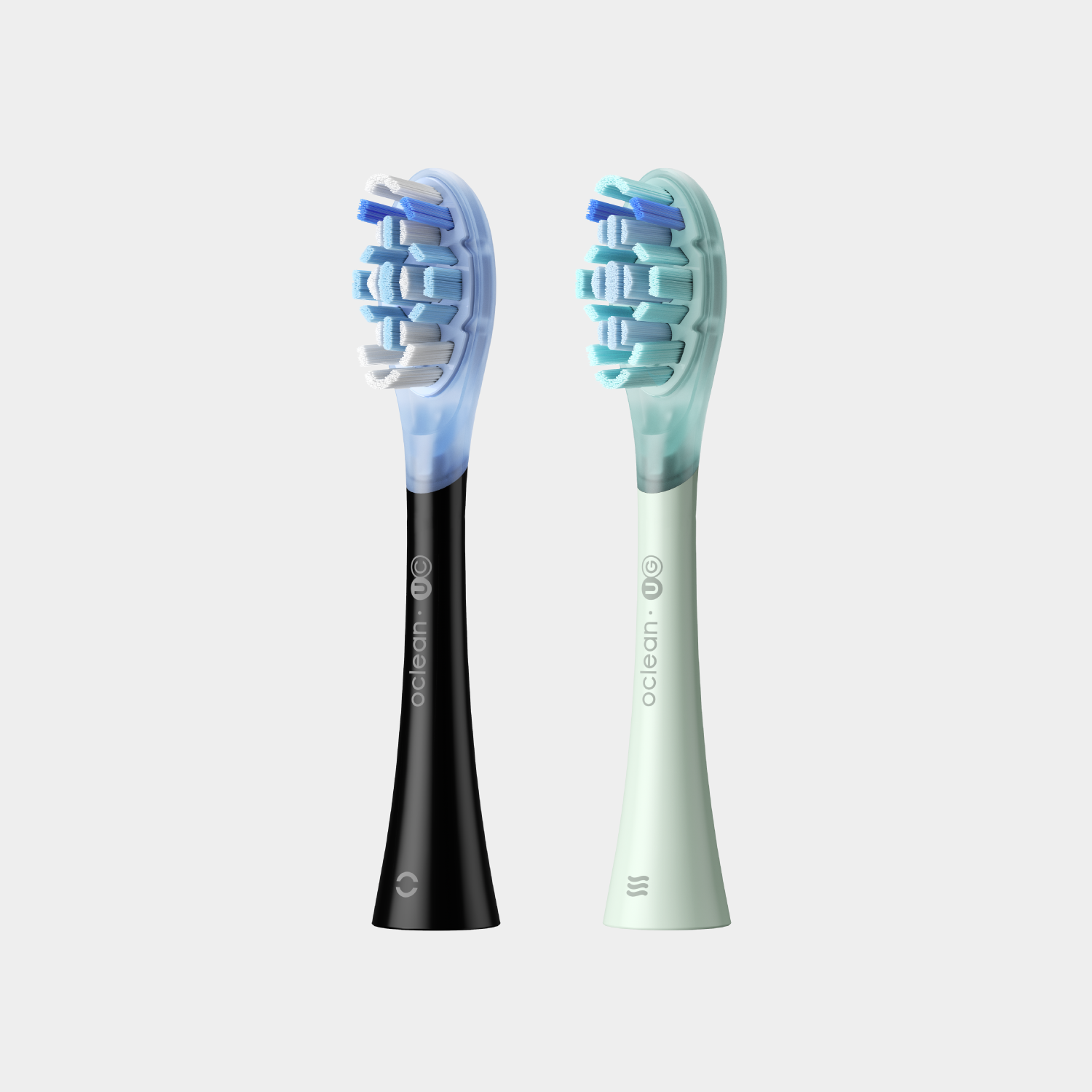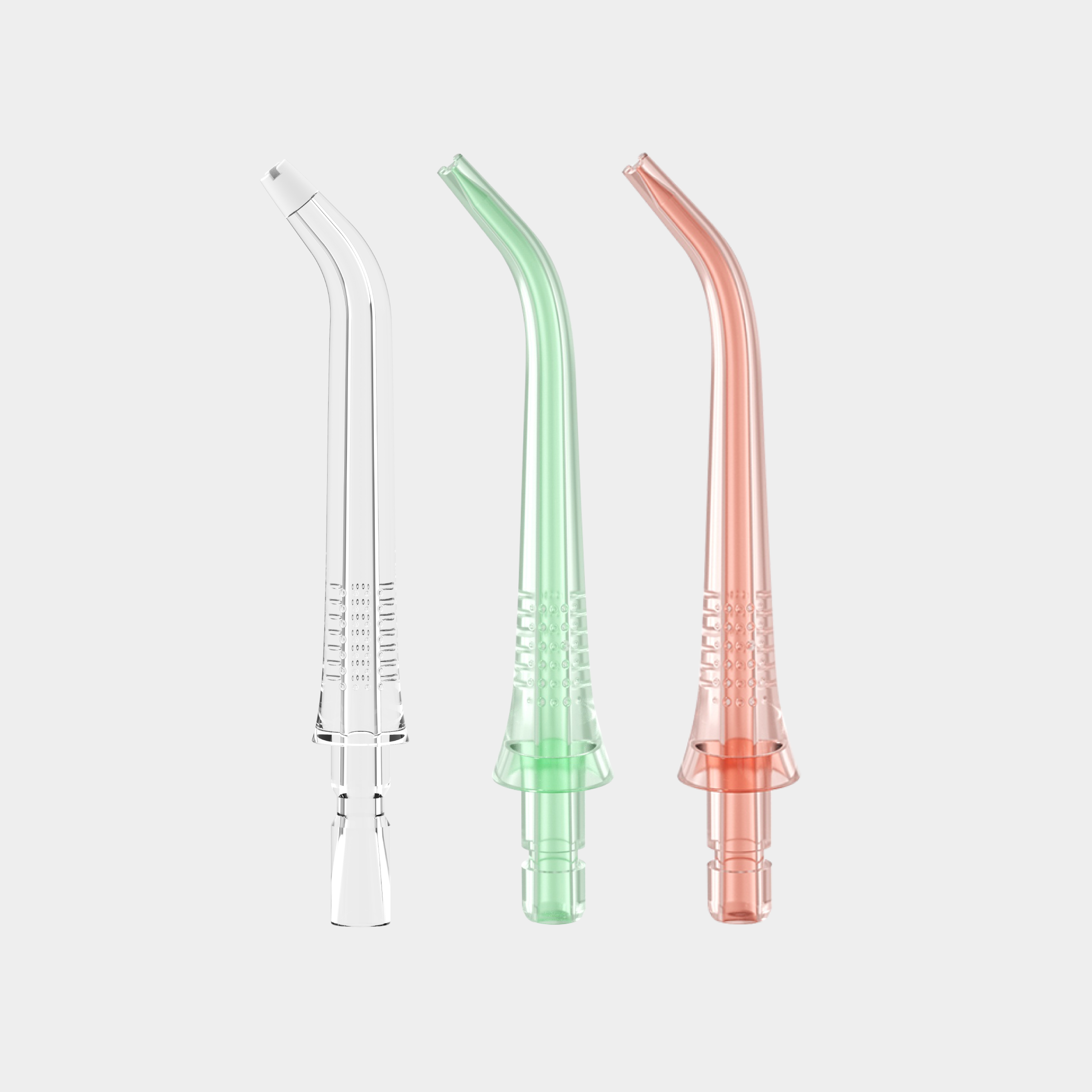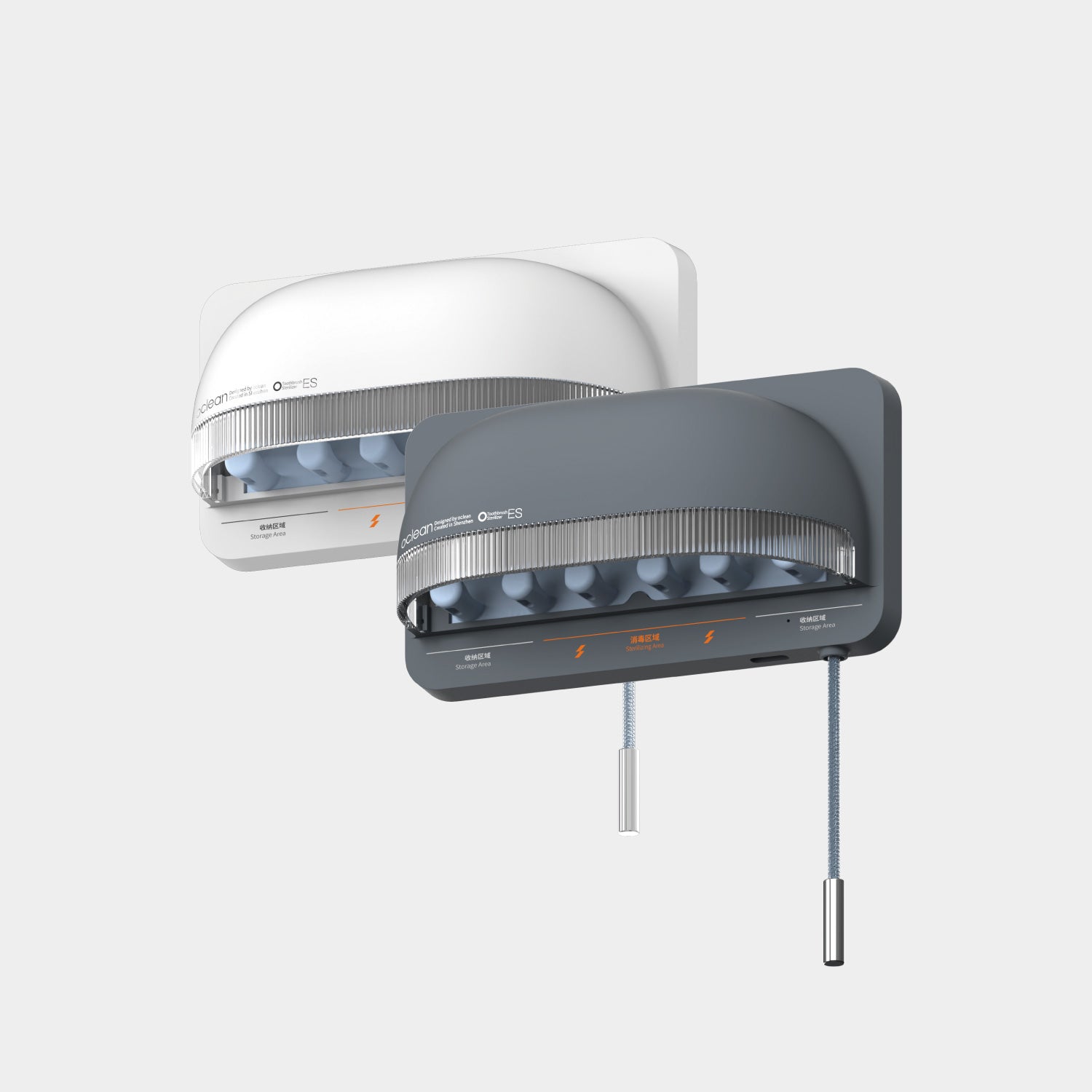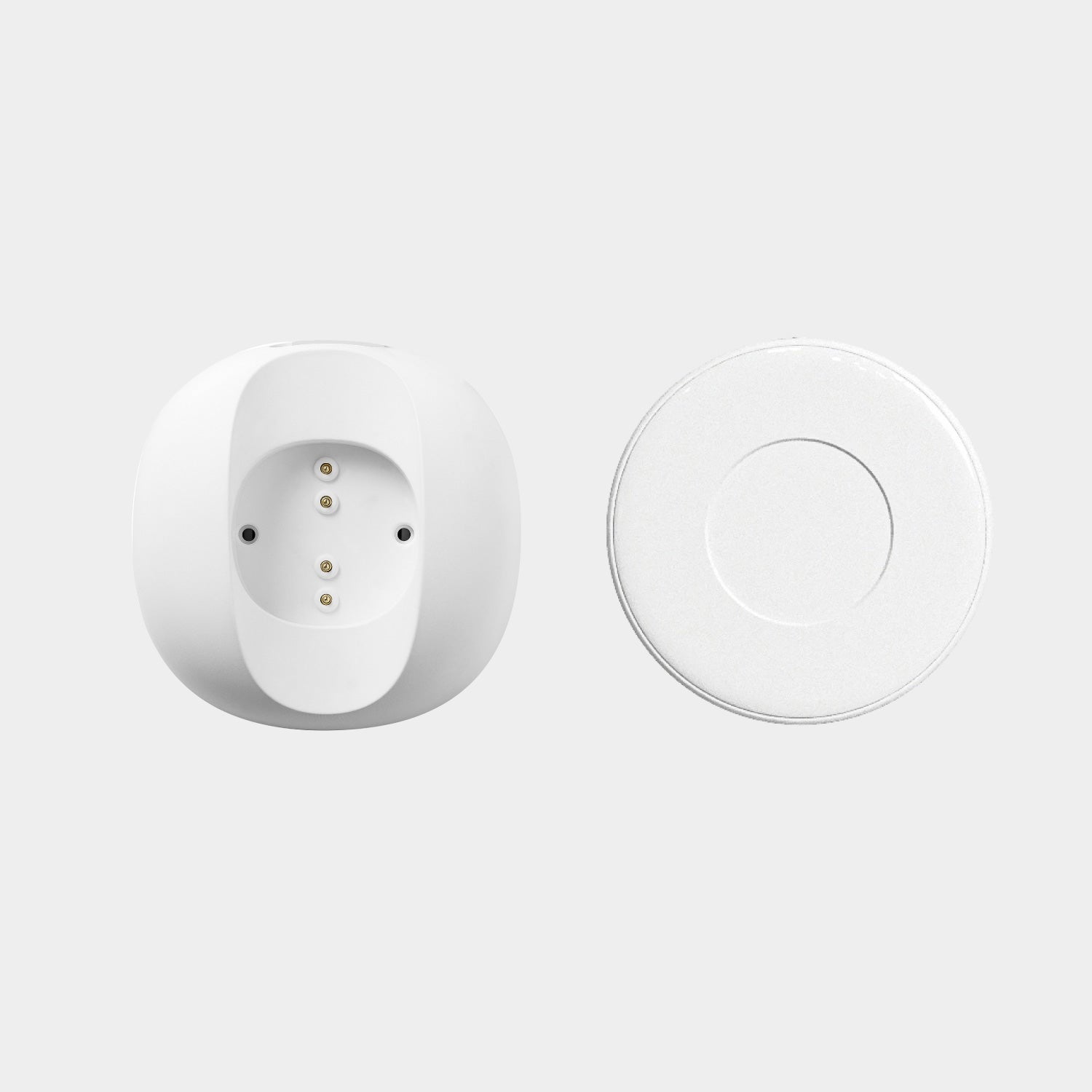Wisdom teeth are the last teeth that usually erupt in teenage life or early adulthood. One of two things can happen; Either wisdom teeth come out normally, OR eruption of wisdom teeth gets blocked by gums or adjacent tooth (Impacted wisdom tooth).
In this article, we’ll talk about a certain set of questions that may have crossed your mind at the time of eruption of your wisdom teeth. But first, let’s tell the 4 basic signs of wisdom teeth coming in:
- Pain in the jaw – usually in 3rdmolar area
- Pain in the face due to pressure on nerves
- Swelling around 3rdmolars
- Irritation in the area of wisdom tooth
Why is it important to know when wisdom teeth come in?
Most people are unaware of the answer to this question. The following four points enclose the answer.
Firstly, wisdom teeth can cause pain and discomfort. This can get even worse if they are blocked by an adjacent tooth or gum tissue. Knowing when your wisdom teeth are going to emerge will help you plan for any associated pain. The plan would be a pain-relieving medication or an extraction.
Secondly, the eruption of wisdom teeth can make your teeth crooked or crowded. The result of crowded teeth is malalignment of the dental arch. In addition to malalignment, crowding can also lead to gum disease and tooth decay. By knowing when your wisdom teeth are going to come out, you can prevent crowding by opting for an ortho treatment i.e., braces or retainers.
Thirdly, an impacted 3rd molar can lead to infection. This is because an impacted wisdom tooth is more susceptible to bacterial growth. If you know when your wisdom teeth will come in, you can consult with a dentist to see the potential for infections.
Lastly, with the eruption of wisdom teeth, cleaning becomes relatively challenging. You can plan on paying appropriate attention to the cleaning process if you know the predicted duration of wisdom teeth eruption. Moreover, you can also invest in a smart toothbrush or a water flosser to modify and ease the cleaning process.
When do wisdom teeth come in?
The age at which wisdom teeth erupt varies from person to person. It is usually between the ages of 17 and 25.
Some of you might think wisdom teeth came outta nowhere. However, these teeth go through a series of developmental stages. The development of wisdom teeth consists of a series of six steps;
1. Initiation:
First a tooth bud is formed between the ages of 10 to 12 years old.
2. Crown Formation:
Tooth bud continues to grow and changes into the shape of a cap and bell over time. It continues to grow and forms a dental crown i.e., the visible part of the tooth above gumline.
3. Root Development:
Once the crown formation is complete, the root starts to develop. It grows downward and begins to anchor itself in the jawbone.
4. Eruption:
Root continues to grow and the wisdom tooth is pushed into the oral cavity. This step is crucial as any hindrance at this stage can result in an impaction.
5. Alignment:
Once fully erupted, it starts to align itself with the other teeth in the mouth. However, a wisdom tooth can also push mesially (towards the midline), resulting in crowding.
6. Maintenance:
After the wisdom tooth is fully developed, regular maintenance is mandatory for its longevity. This implies the use of sonic electric toothbrushes and portable water flosser. Oclean offers a wide range of both of them. Be sure to check them out.

What makes wisdom teeth problematic?
Wisdom teeth can cause many problems if an anomaly arises. These problems are;
· Crowding
Crooked teeth are often referred to as crowded teeth. This means that the teeth are not aligned properly in the dental arch. Wisdom teeth can cause crowding by moving towards the midline. thereby, disturbing the normal occlusion of teeth.
· Infections
An impacted tooth can act as a house of bacteria if chronic inflammation ensues. These bacteria can result in infection in the area around the 3rd molar.
· Gum disease
Wisdom teeth are difficult to clean as they are located in the last corner of the mouth. This leads to plaque buildup on them. Plaque is the primary cause of dental caries and gum disease.
· Impaction
If the path of eruption of a 3rd molar is hindered, the result is an impaction. This means that the tooth will push against the gums and cause inflammation. The wisdom tooth can also push against an adjacent tooth resulting in dental caries and gum disease in that area as well.
How should teeth be cared for following the removal of wisdom teeth?
Wisdom tooth extraction is a common dental procedure that many people undergo. Here are some tips and tricks on how to take care of your teeth after wisdom tooth extraction;
· Limit Physical activity
Blood clot is essential for optimal healing of the extraction socket. Physical exercise increases the blood flow to the extraction site – this can dislodge the blood clot. The result is a painful condition called ‘dry socket’. Thus, you must avoid strenuous physical activity for the first 1 to 2 days after extraction.
· Place an Ice pack on the affected area
The swelling and pain can be reduced by placing an ice pack on the side of the face where the wisdom teeth were removed. With a 20-minute pause in between, you can apply the ice pack for 10 to 20 minutes at a time.
· Don’t smoke or drink alcohol
The healing process following wisdom tooth removal can be slowed down by smoking and drinking. Additionally, smoking can lead to dry sockets, which can be very painful. Prior to your full recovery, it is best to stay away from these activities.
· Use Saline Rinses
Warm salt water rinses can help maintain the extraction site clean and reduce the risk of infection. Mix a teaspoon of salt into a glass of warm water and gently rinse your mouth with it. Perform this three or four times daily for the first week following the extraction.
· Eat soft, easy-to-chew foods
It's advised to stick to soft foods that are simple to chew after wisdom tooth extraction because your mouth can hurt. You can stay properly nourished while your mouth heals by eating things like mashed potatoes, yogurt, soup, and smoothies.
· Take Care When Brushing Your Teeth
To avoid infection following wisdom teeth removal, it's imperative to maintain a clean mouth. For the first several days, avoid brushing near the extraction site. After a few days, you can begin lightly brushing around the extraction site.
· Follow Your Dentist's Instructions
Every individual’s recovery process may be different, so it's essential to follow your dentist’s instructions when taking care of your teeth after wisdom tooth extraction.
Conclusion:
It’s important to know when wisdom teeth are coming in because they can result in pain, crowding, infection, and cleaning problems. Wisdom teeth come out at the ages of 17 and 25. A wisdom tooth is considered problematic if crowding, impaction, infection, and gum disease arise. Care must be exercised following a wisdom tooth extraction – steps have been mentioned in the preceding section of this article.


